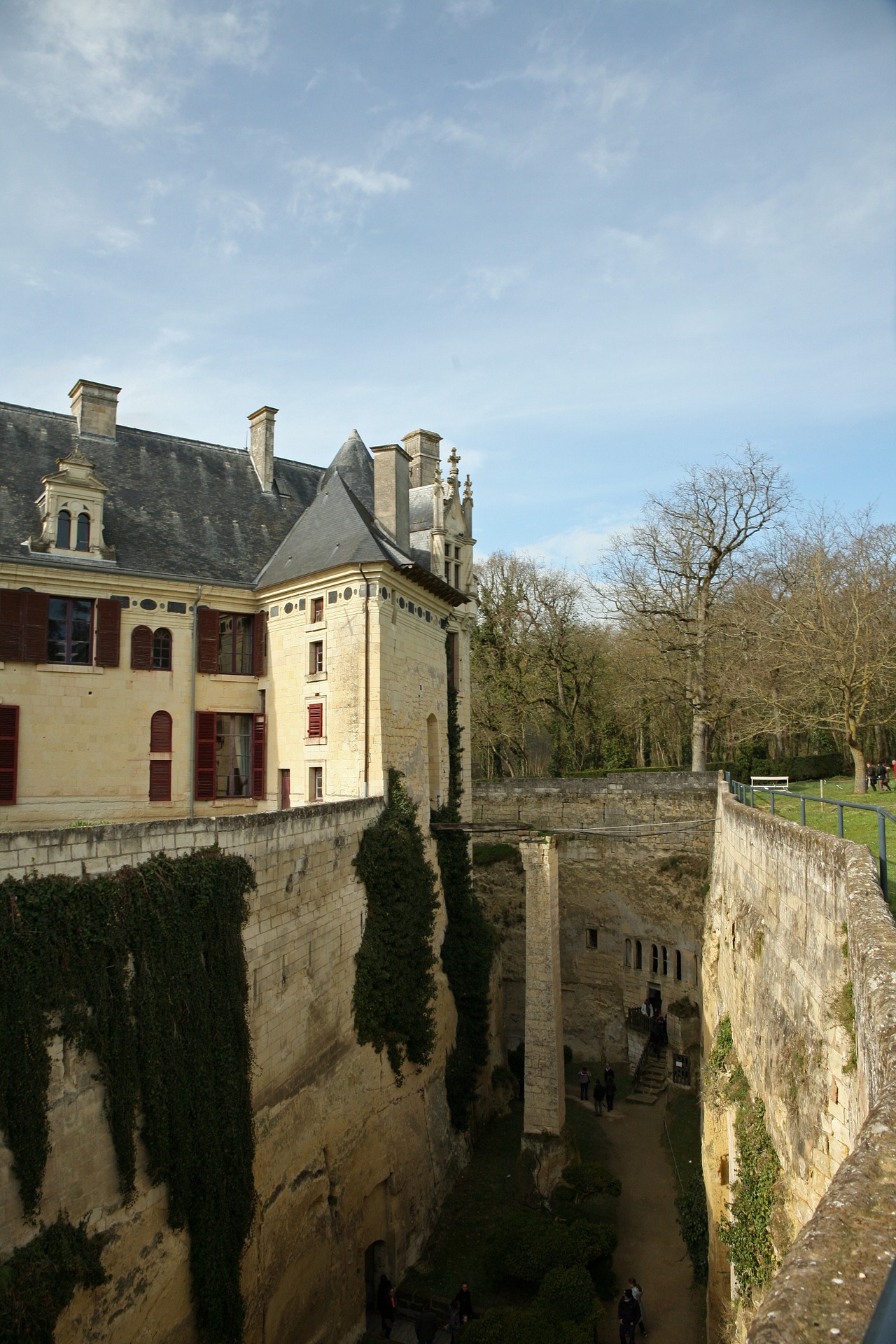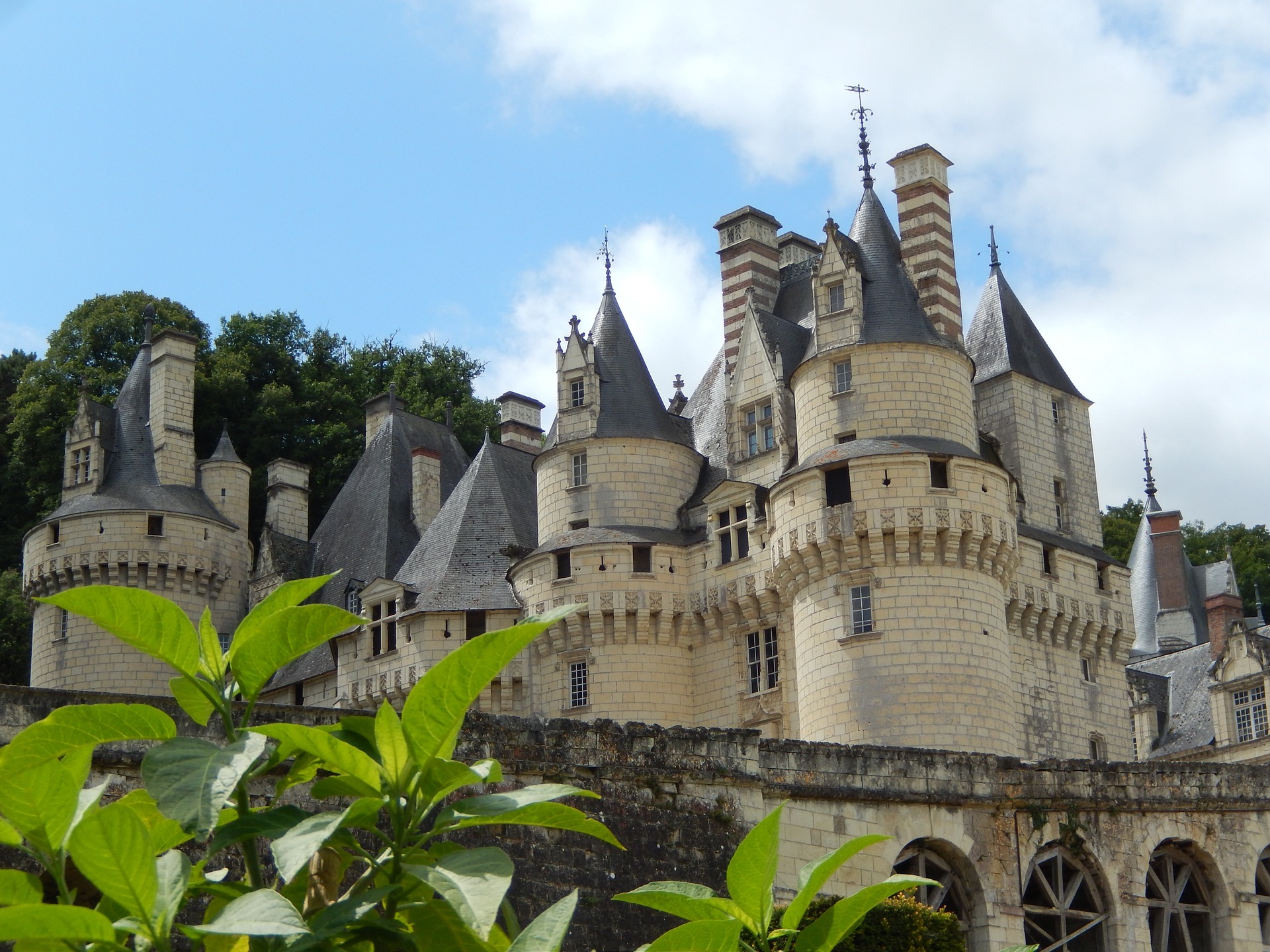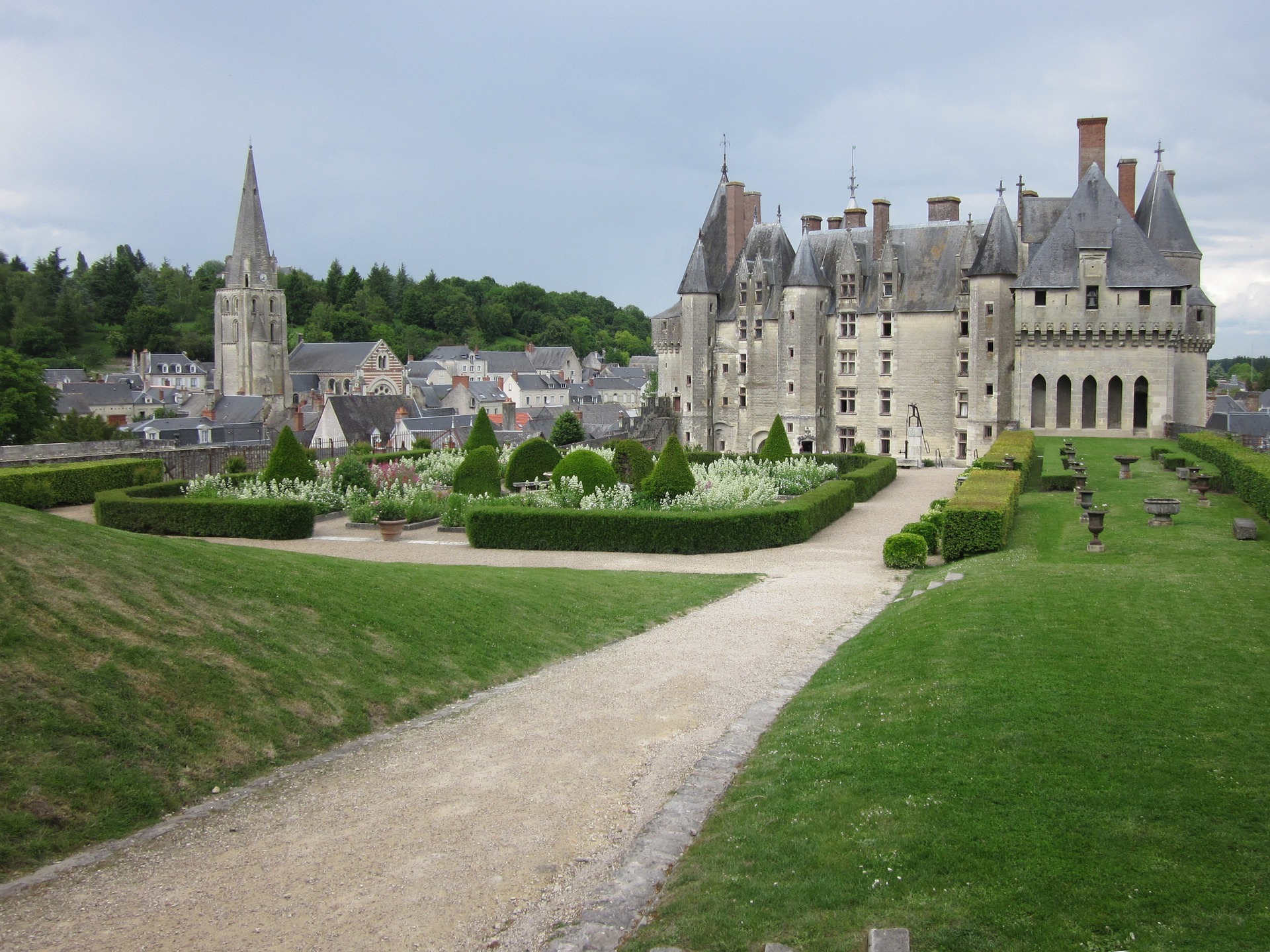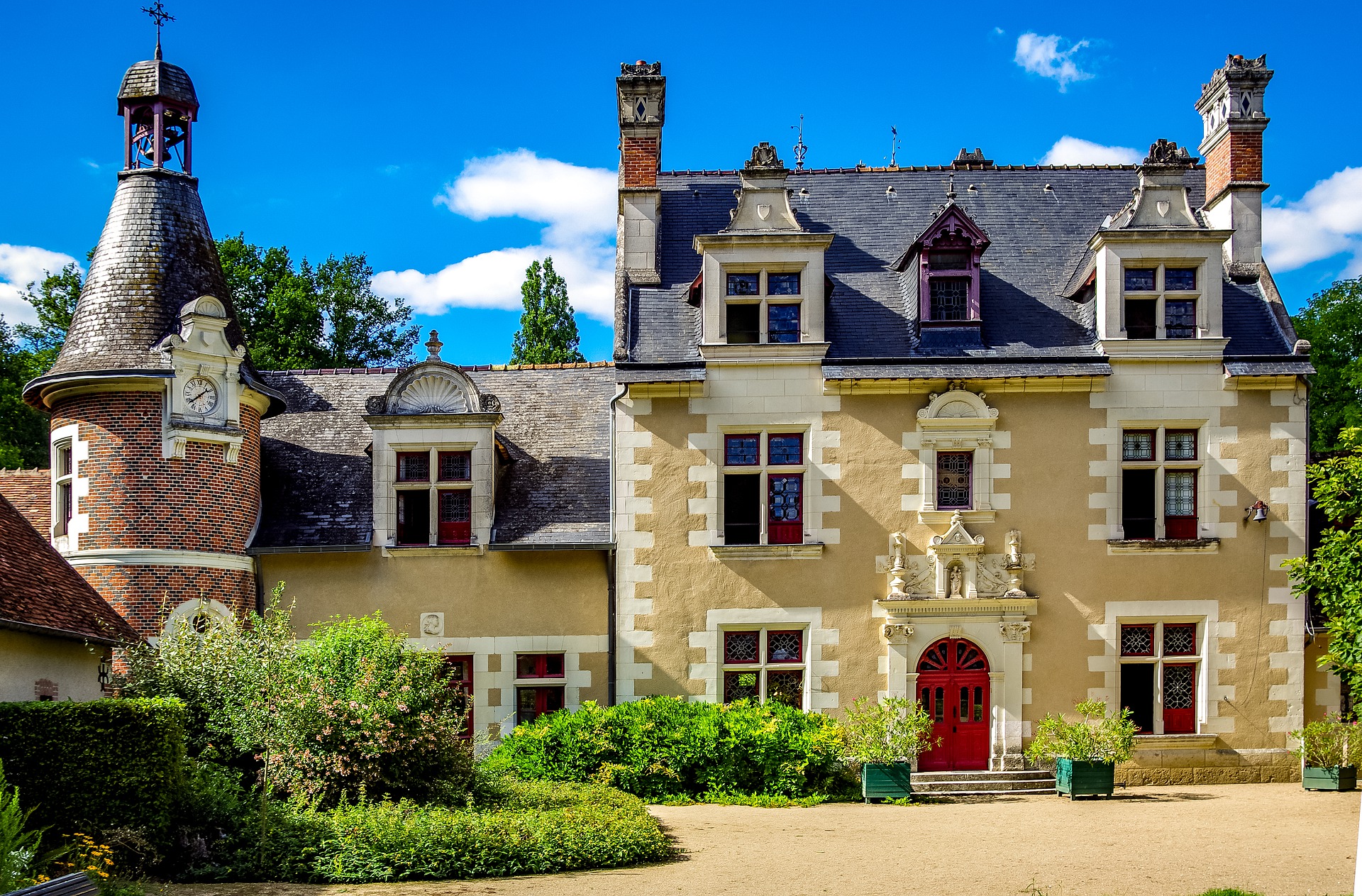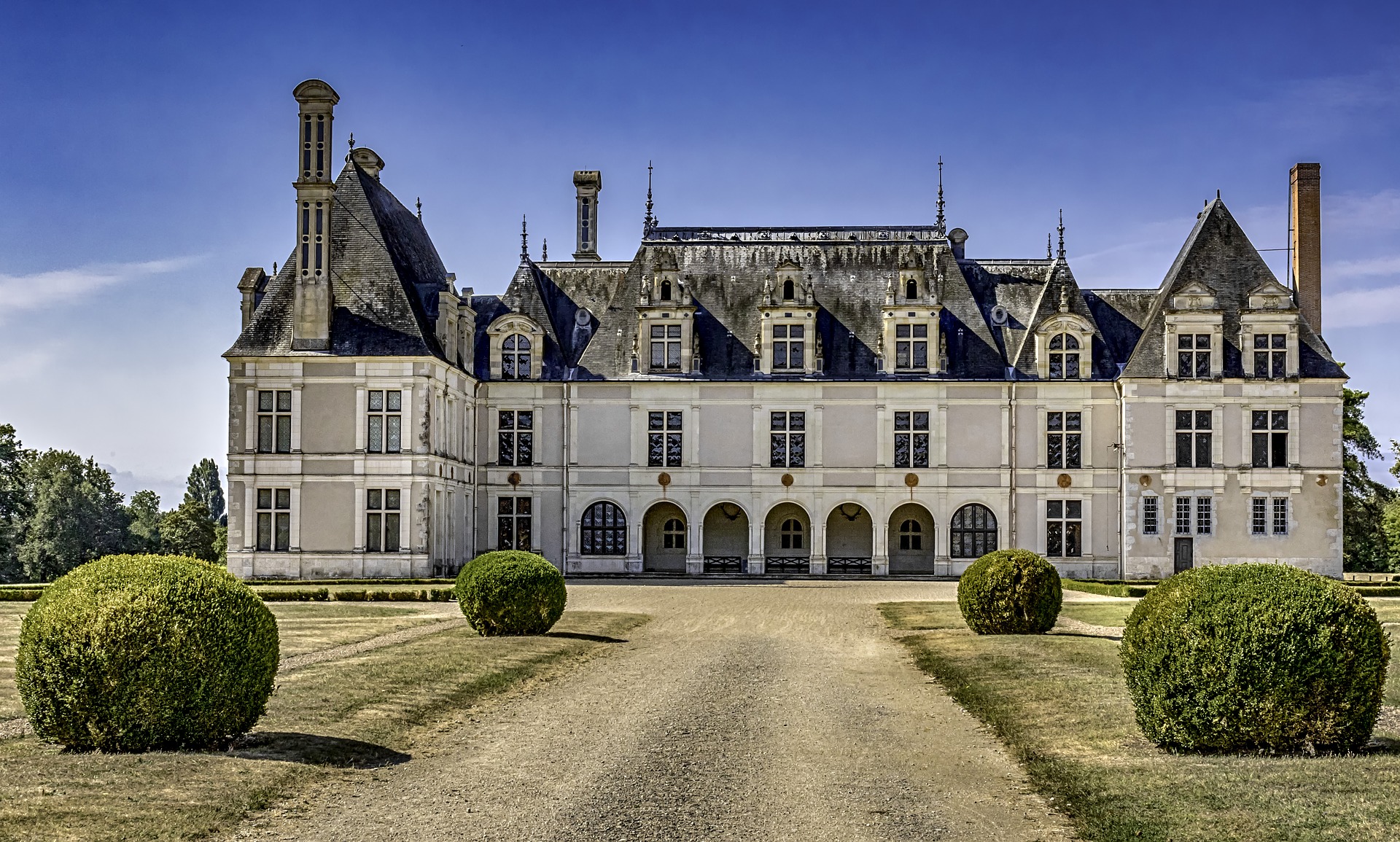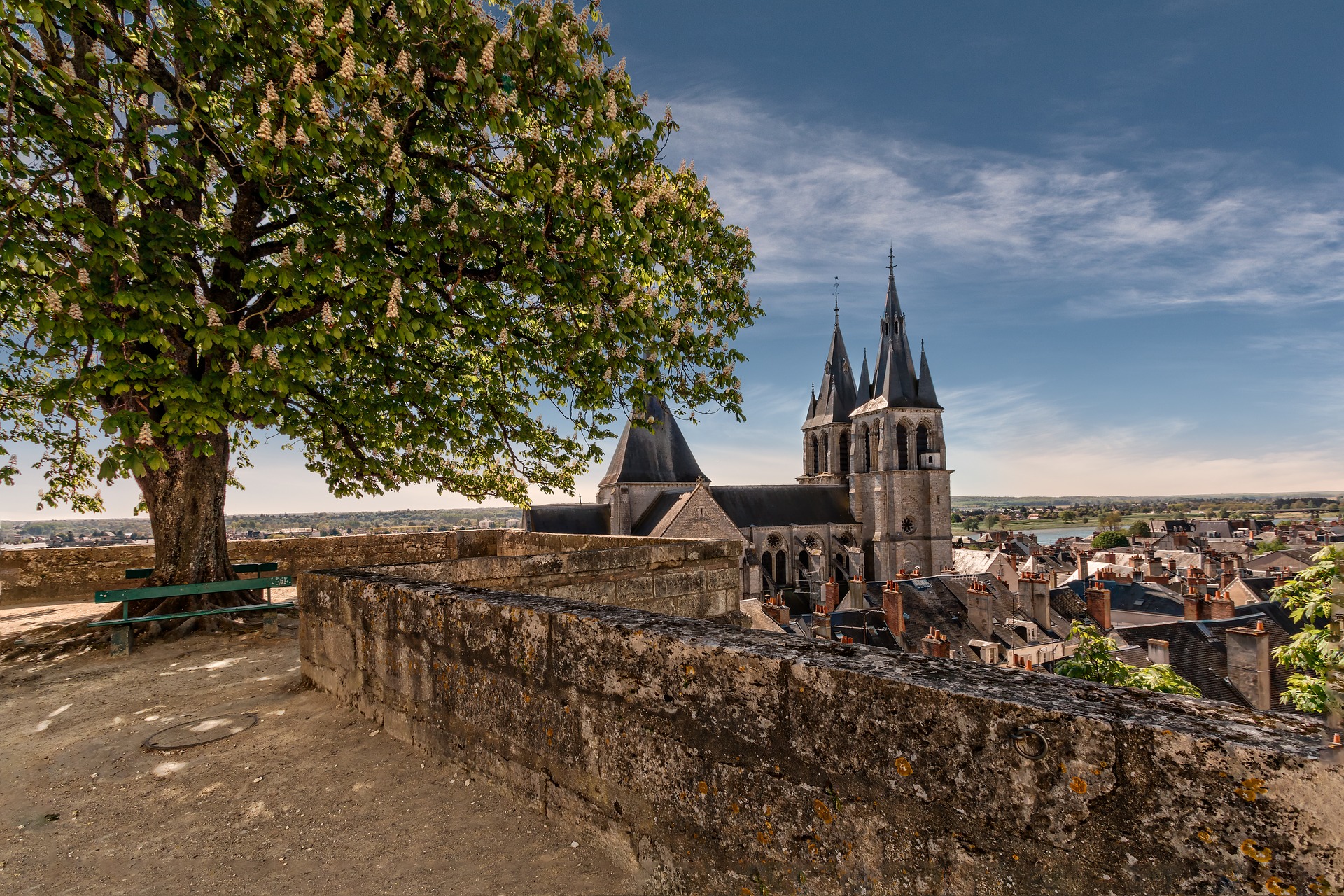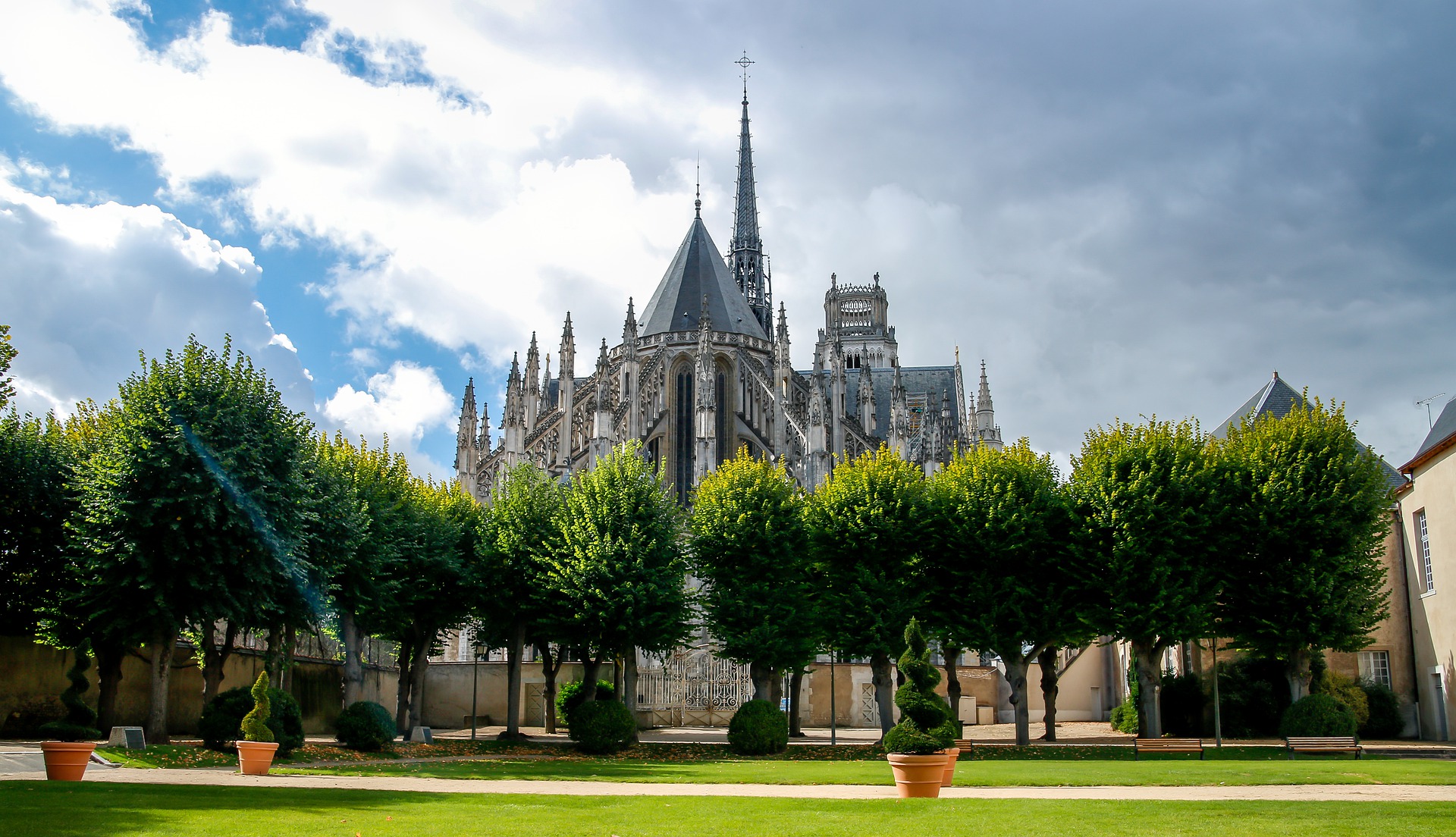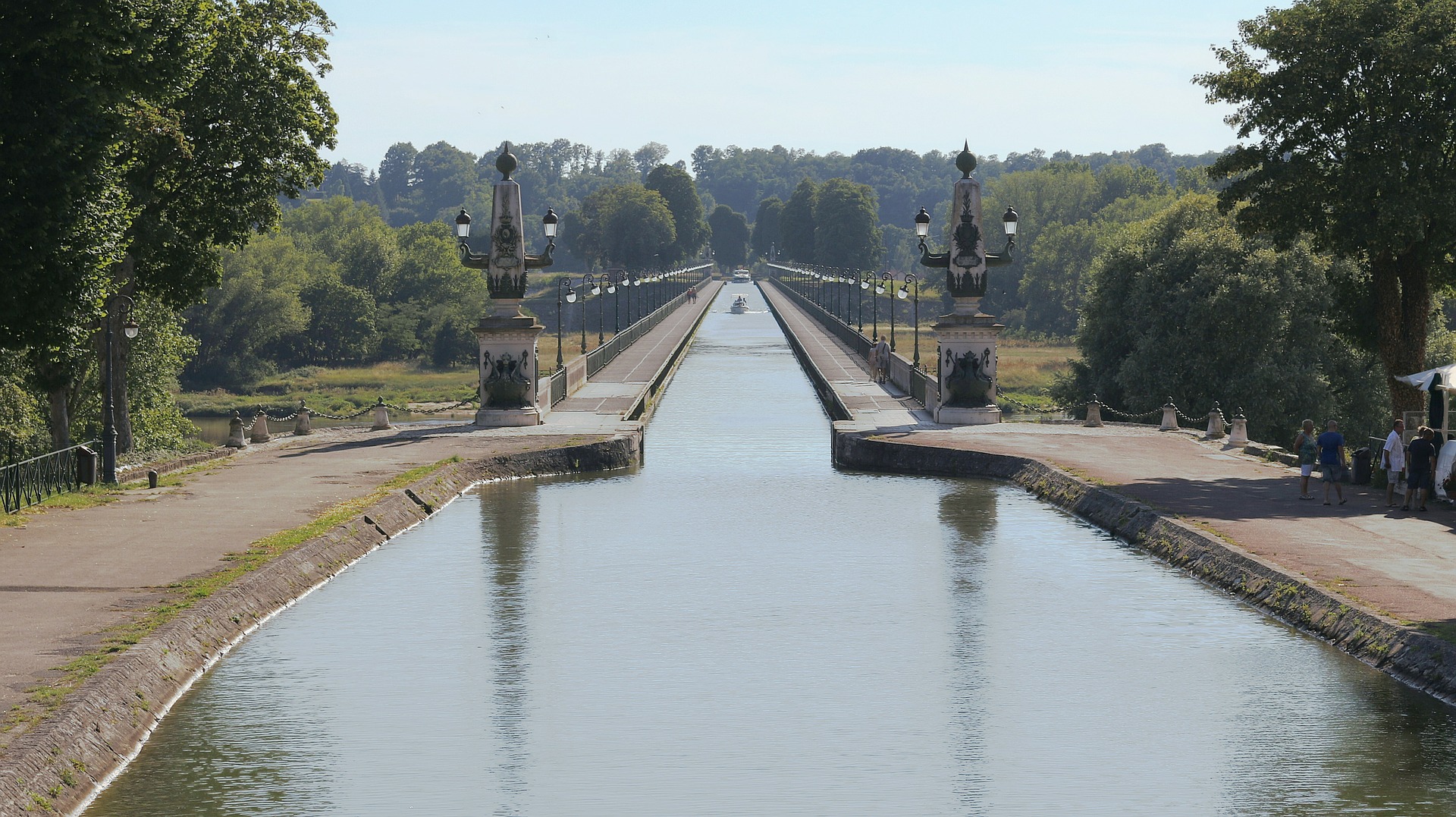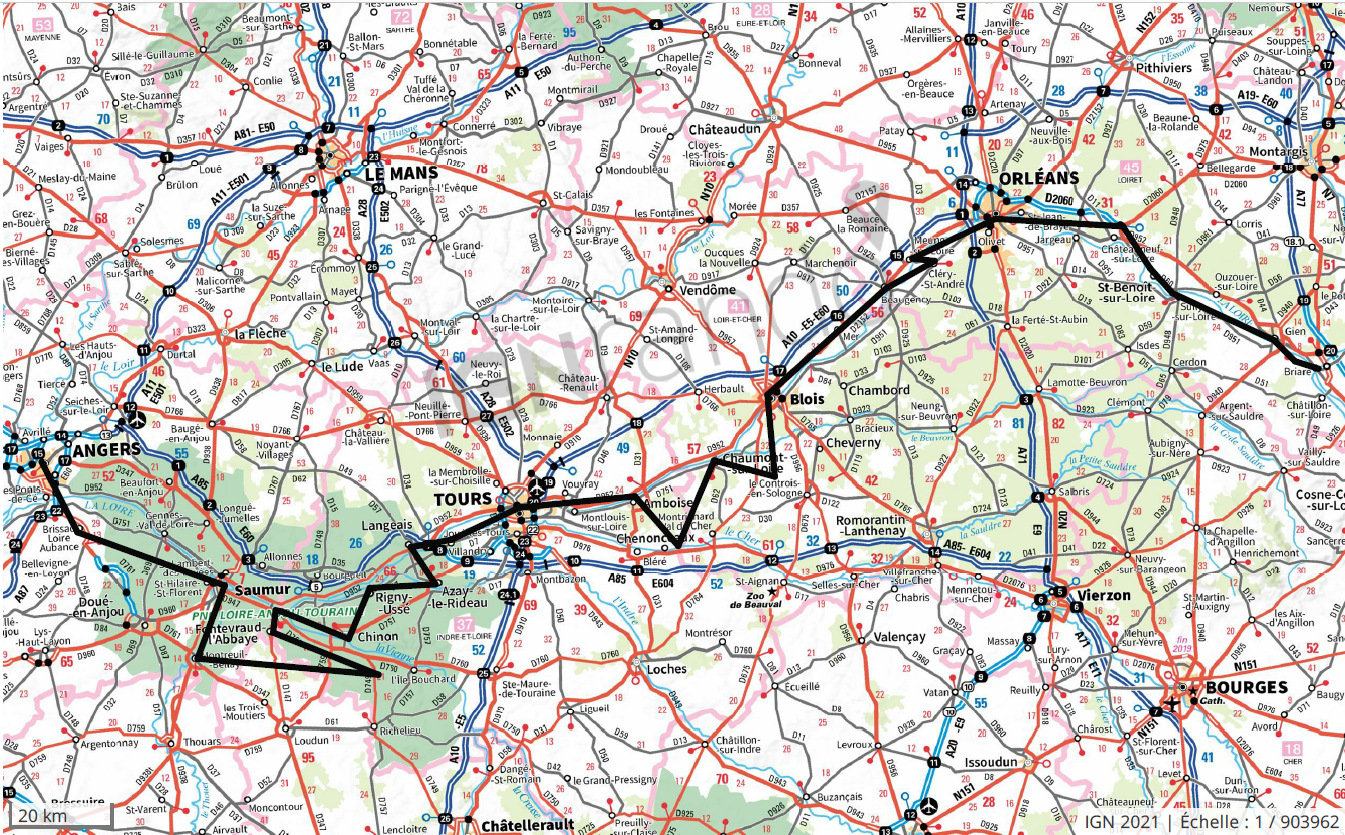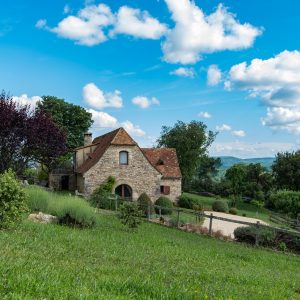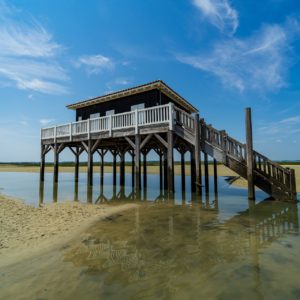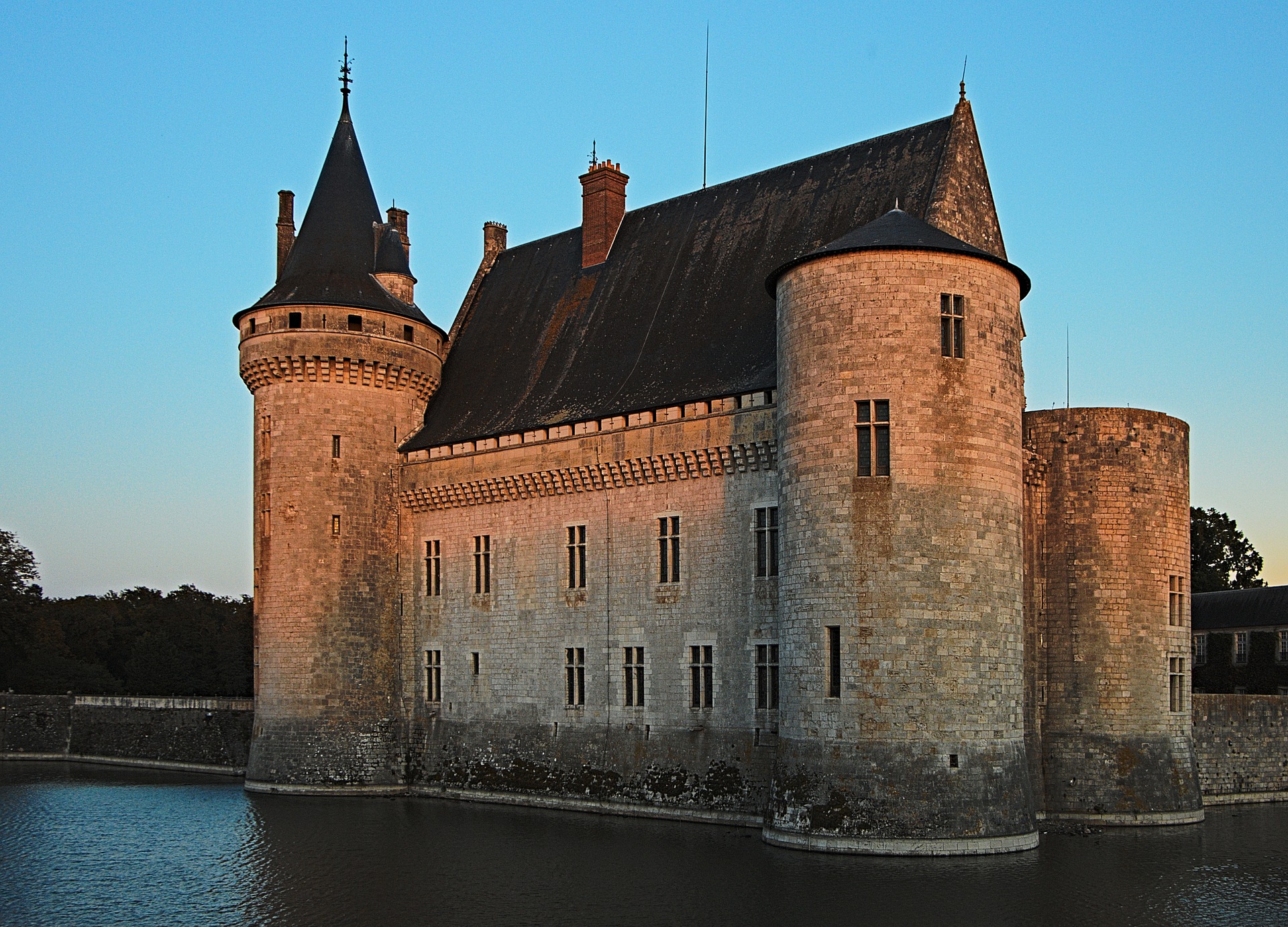
Driving tour – Loire Valley
Stays in complete freedom without groups or guides, travel differently and with a light mind!
13-day & 12-night self drive holiday.
This self drive holiday starst at Paris or Gien in the morning and ends late afternoon on 13th day in Angers
Listed as a UNESCO World Heritage Site, the Loire Valley and its many castles will reveal to you some of the most important moments in French history. A moment to be shared between young and old, and ideal if your children are in 5th grade, where Classicism and the Renaissance are part of the History curriculum.
We offer this tour in three ranges: Standard, Comfort and Luxury.
Possibility to do it in the Prestige range in 4 & 5 stars hotels. Contact us for more information
Choose your package:

Réserver votre séjour
Select the services you want and click on add to cart. From there, please complete the registration form so that we can organize your trip
Group rate (5 and more) and CE,thanks to contact us
ContactUseful information
Sentiers de France concocts for you a turnkey stay. Your only concern will be to enjoy and hike.
Service
- 12 nights on B&B basis in hotels handpicked by us among the best
- The detailed road book with the GPS waypoints of the main landmarks, villages, attractions and hotels. It also contains maps of cities you will explore. (see below for more details)
- IGN maps of the area (scale 1 cm = 1 km)
- Green Michelin guide (tour guide) of the region
- Emergency phone number available 24/24 and 7/7
- 12 nights on B&B basis in hotels handpicked by us among the best
- The detailed road book with the GPS waypoints of the main landmarks, villages, attractions and hotels. It also contains maps of cities you will explore. (see below for more details)
- IGN maps of the area (scale 1 cm = 1 km)
- Green Michelin guide (tour guide) of the region
- Emergency phone number available 24/24 and 7/7
- 12 nights on B&B basis in hotels handpicked by us among the best
- The detailed road book with the GPS waypoints of the main landmarks, villages, attractions and hotels. It also contains maps of cities you will explore. (see below for more details)
- IGN maps of the area (scale 1 cm = 1 km)
- Green Michelin guide (tour guide) of the region
- Emergency phone number available 24/24 and 7/7
Restoration
- Catering service is offered for this hike
Level 1/4
- Tours start and end in cities or airports where you can easily pick up or return a rental car
- Tours start in the morning of the first day, often with a visit to the city. We recommend you to arrive the day before in the afternoon to better recover from your trip from home
- Tours end in the late afternoon in the last city or airport
- We can book a room for you for the night before or for the last day
Hosting
- Lodging is proposed on this hike
Access
- By car – Take the A6 motorway (Paris-Lyon) from Paris. Continue on A77 motorway after Nemours. Exit 19 and go along D940 to Gien
- By train – Direct trains from Paris Bercy to Gien (5 or 6 trains a day, about 1.30 hours’ Dayney) Only one car rental agency in Gien (Europcar)
- By plane – the nearest international airport is Paris Charles de Gaulle where you will rent a car to drive to Gien (about 2 hours) You can drop off rental car in Angers. TGV trains (fast trains) from Angers to Paris
Best period
solitaireRate / Person
You will also like
according to your tastes and desires
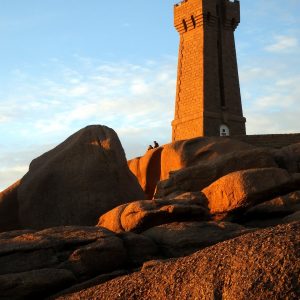
Hiking tour – Gorse and pink rocks
Walking tour on the coastal path in Brittany between Tréguier and Lannion
8 Days
Level
2/4
Mer
1010€
Lorem ipsum dolor sit amet, consetetur sadipscing elitr, seddiam nonumy eirmod labore et dolore magna ali.
view more


